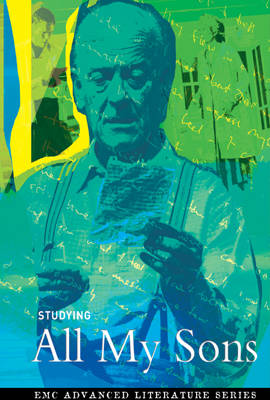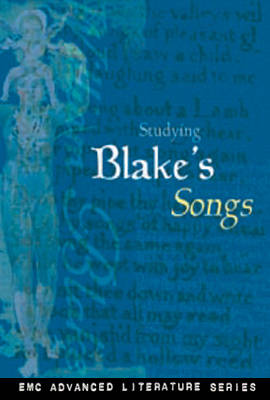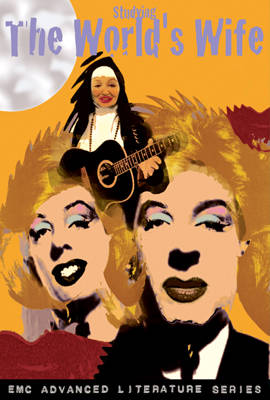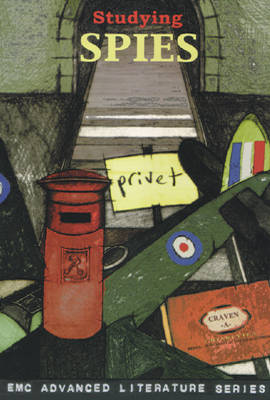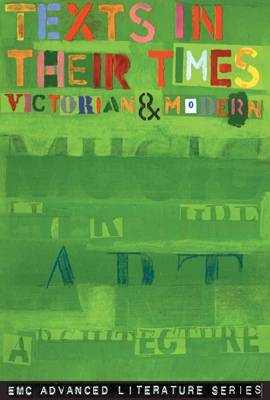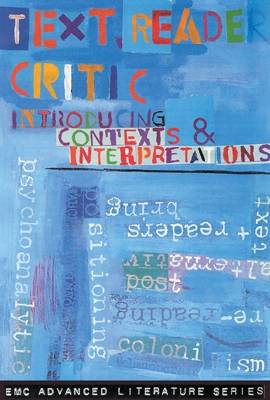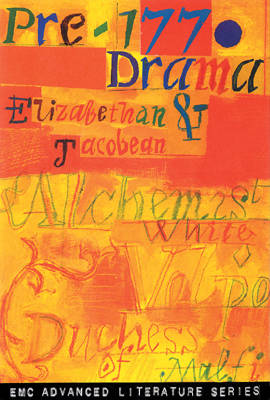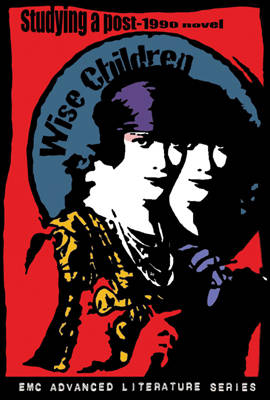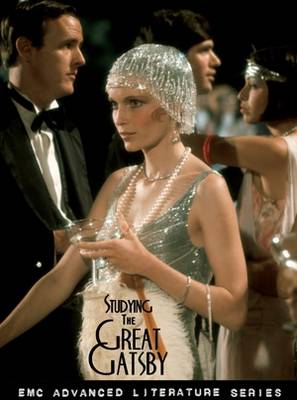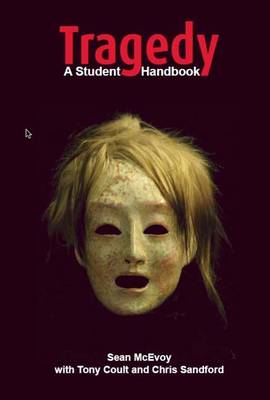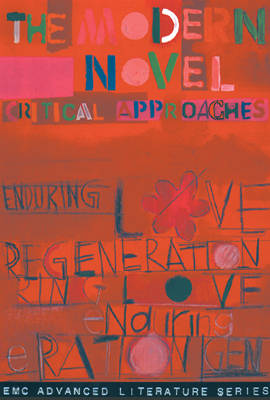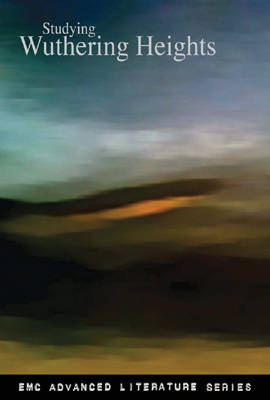EMC Advanced Literature
13 total works
Studying Narrative
by English & Media Centre, Lucy Webster, and Barbara Bleiman
Studying Blake's Songs
by English & Media Centre, Lucy Webster, and Barbara Bleiman
Studying "Spies"
by English & Media Centre, Lucy Webster, and Barbara Bleiman
Texts in Their Times - Victorian and Modern
by English & Media Centre, David Kinder, and Juliet Harrison
Text Reader Critic - Introducing Contexts and Interpretations
by English & Media Centre, Jane Ogborn, Lucy Webster, and Barbara Bleiman
Pre-1770 Drama
by English & Media Centre, David Kinder, and Juliet Harrison
Promotes close reading of the language of the plays.
Studying the "Great Gatsby"
by English & Media Centre, Barbara Bleiman, and Lucy Webster
The Modern Novel
by English & Media Centre, Jane Ogborn, Barbara Bleiman, and Lucy Webster
Studying "Wuthering Heights"
by English & Media Centre, David Kinder, and Juliet Harrison
The materials support individual study, group work and whole class work and include a range of strategies including creating visual maps and diagrams, jigsawing, presentations and a whole class simulation. There is also support for writing in exams. Includes printable pdf of the publication on CD ROM.

